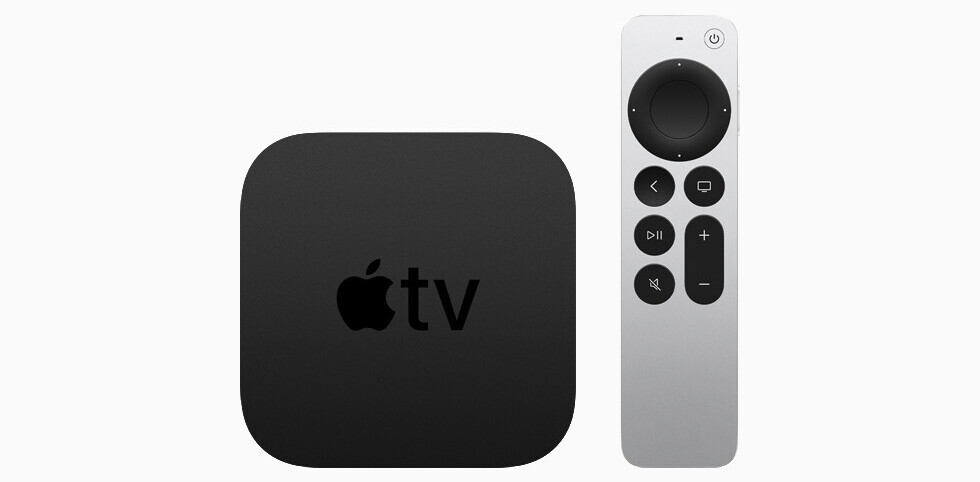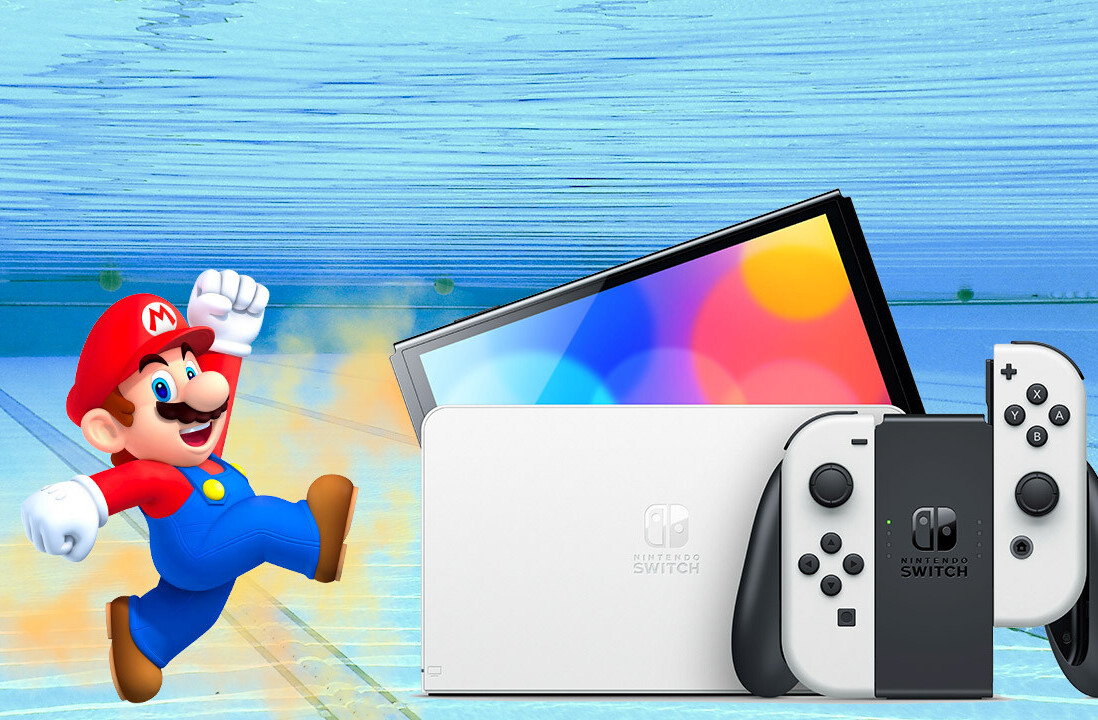
We watch a ton of videos every day, but we might not get a smooth experience and the best experience in all conditions. This is because of bandwidth restrictions or the file size of the videos being streamed. This may lead to a delay in buffering or a pixelated stream.
That’s why we need video compression algorithms and standards, which help reduce the size of the files beamed to your device. We have a ton of them already.
Video compression makes it easier to transfer these files over the internet without burning through your data limits in a few minutes, and ensures smooth playback with minimal buffering. A seven-minute 1080p video would roughly burn 200-600MB of your data, based on the codec used.
In this piece, we’ll talk about an upcoming standard called H.266 or VVC (Versatile Video Codec). But before we dive into its story, let’s start with some basics.
Why do we need video compression?
Content creation studios shoot and edit files for shows and movies in an analog/RAW format, which preserves the maximum amount of information so that editors have the flexibility to tweak the colors and other visual parameters without affecting the fidelity of the image. These files are large, and it would take a lot of bandwidth and processing to beam them over your phone.
So, platforms such as Netflix, HBO, and Amazon Prime need to convert them into digital formats and compress the files.
What are the commonly used video compression standards?
Some of the standards generally used across the web for video streaming are AV1, H.264, H.265/HEVC (High-Efficiency Video Coded), VC-1, and Apple ProRes. Most of these use a mathematical concept called Discrete Cosine Transform (DCT). It’s the technique used to identify redundant pixels in an image that could be that can be discarded while compressing it, without majorly affecting image quality.
Who develops these standards?
A collective known as Telecommunication Standardization Sector (ITU-T) — specifically the study group 16 — is mainly concerned with all codecs related to the H.26x series. The function of this clutch of participating companies, which is based in Geneva, is to devise and maintain such technological standards. Its members consist of Apple, IBM, Huawei, and Nokia.
First, a working group lists out requirements for the standard that is to be developed. Then it puts out a call for evidence, asking different developers to propose the best implementation to achieve all these standards.
After that, there’s a call for proposals where different developers submit their own solutions. Finally, the standard is based on combining the best parts of different proposals.
What is H.266?
H.266 or VVC (Versatile Video Codec) is a new compression standard developed by the Joint Video Experts Team (JVET). The team was formed by experts from the Moving Picture Experts Group (MPEG) from the ISO/IEC group and the Video Coding Experts Group (VCEG) from the ITU-T group. Phew, that’s a lot of acronyms. I’m sorry.
The JVET will be also responsible for maintaining the existing H.264 and H.265 standards.
Fraunhofer Heinrich Hertz Institute, based in Germany, which was one of the developers of the standards, officially announced the standard in July 2020.
Benjamin Bross, the head of the video coding systems group, Fraunhofer HHI, said that this standard came into the picture as more phones and devices now have support for capturing high-resolution footage in 4K, and we need a powerful, efficient video encoding system to send them across the internet and store it in devices:
With the increase in video quality, data consumption is also increasing, and the broadband bandwidth is not able to keep up with it. Plus, we need to store these videos on our devices. So if we can compress their size by 50%, it would be great.
You can read the technical details of the H.266 compressions standard here.
What’s the advantage of H.266?
The primary aim for any new video compression standard is to reduce the bandwidth a video takes up while preserving the fidelity as much as possible.
Early tests suggest that H.266 achieves 40%-50% better compression rates than HEVC, which is currently used by Apple in iPhones. That could mean that you can stream an episode of your favorite series by using almost half the data.
When the standard was released Fraunhofer HHI claimed that the HEVC standard takes up 10GB of data to stream a 90-minute long 4K video file. In comparison, H.266 uses only 5GB of data to stream the same file.
The JVET decided to build H.266 (VVC) for applications beyond video streaming. The standard has support for beaming 4K to 8K videos seamlessly, along with support for 360-degree videos. This could be useful in VR and AR applications.
Bross mentioned that H.266 is designed in such a way that that you can access different regions of a frame directly in the bitstream. So a video streaming service could choose to streams regions that are not very important in the scence in a lower resolution to save bandwidth.
Who is using this and what are the problems?
Currently, India-based streaming platform MX Player is one of the few platforms of the world that has adopted the H.266 standard to stream its content.
Siddharth Mantri, chief product officer at MX Player, told TNW that while the cost of mobile data has gone down in India, there are still bandwidth limitations that could throttle the quality of videos:
Many of our customers ration their daily data cap to get the best out of it. This new standard offers the most advanced video compression standard available in the world, and reduces data usage by more than 50%.

While MX Player prefers to stream its content on H.266, depending on the device and network conditions, it might have to fall back to other standards such as AV1 or H.265 on some devices, until playback support for the new standard is baked into chips that are used in those gadgets. Other streaming players will also face this challenge and have to follow suit for a while.
Mantri said that the company has been servicing content through H.266 standard to almost 20% of its customer base and it has received no complaints.
While both the encoder and decoder are open-sourced, it’s hard to develop them both for all companies. MX Player has built its own encoder, and has licensed the decoder from Tencent, one of its investors.
There are also companies like MPEG-LA and Access Advance that offer licenses to H.266. They have a pool of licenses from different right holders and developers, and you can choose what’s best for you. You can read more about it here.
Qualcomm said last year that we will see companies deploying H.266 on a commercial level in 2021. MX Player and Tencent Cloud are some examples of that, with more to come.
It’s important to keep in mind that while HEVC was released in 2013, it was supported in iPhones only by 2017. Bross said that we might see support for H.266 in chipsets by the end of this year or next year, and wider support in devices should follow soon.
H.266 looks like an efficient and flexible standard on paper, but it’ll take a couple of years for it to dethrone current standards such as H.265 and AV1.
Get the TNW newsletter
Get the most important tech news in your inbox each week.




